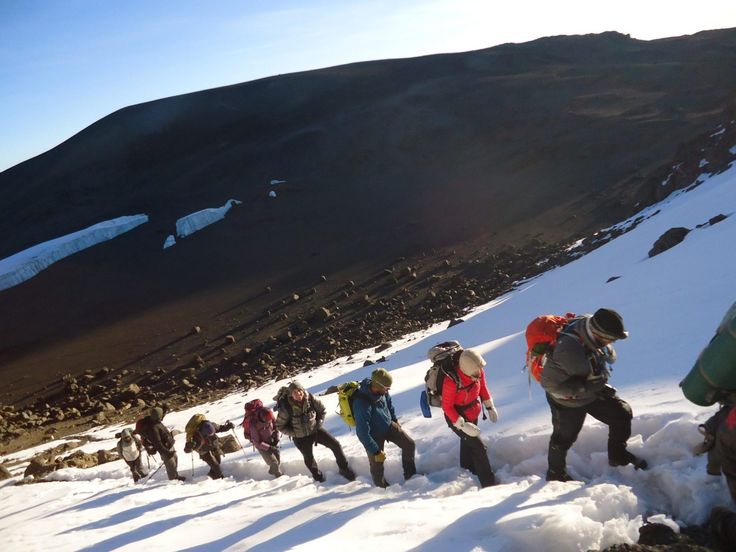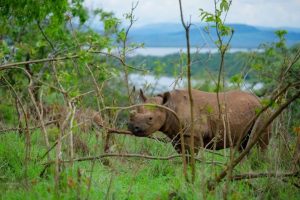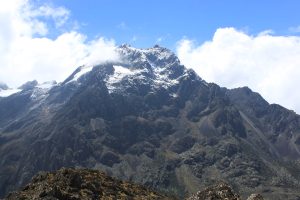Things needed to climb Rwenzori Mountain
Things needed to climb Rwenzori Mountain. Climbing Rwenzori Mountain, also known as the “Mountains of the Moon,” requires thorough preparation due to its challenging terrain, high altitude, and unique environment. Here’s a detailed list of what you’ll need for the trek:

1. Clothing
- Base Layers: Moisture-wicking thermal tops and bottoms.
- Insulating Layers: Fleece jackets, down jackets, or other insulated layers for warmth.
- Waterproof Jacket and Pants: Essential for rain and snow protection.
- Trekking Pants: Lightweight and comfortable for lower altitudes.
- Gloves: Waterproof gloves with thermal liners for colder altitudes.
- Headgear: Warm beanie, sun hat, and a balaclava or buff for wind protection.
- Socks: Wool or synthetic trekking socks (several pairs).
- Gaiters: To keep mud, water, and debris out of your boots.
2. Footwear
- Hiking Boots: Sturdy, waterproof, and well-broken-in boots with good ankle support.
- Camp Shoes: Lightweight footwear for use in camp.
- Crampons: Necessary if you plan to summit snow-covered peaks like Margherita.
3. Equipment
- Backpack: A 50-70L backpack for multi-day treks.
- Daypack: For carrying essentials during day hikes.
- Sleeping Bag: Rated for temperatures of at least -10°C to -15°C.
- Sleeping Mat: For insulation and comfort.
- Trekking Poles: To reduce strain on knees and maintain balance.
- Headlamp: With spare batteries for early starts and nighttime use.
- Dry Bags: To keep clothing and electronics dry.
4. Personal Items
- Water Bottles or Hydration Bladder: At least 2-3 liters capacity.
- Water Purification Tablets/Filter: To treat water from streams.
- Snacks: High-energy foods like nuts, energy bars, and dried fruit.
- Personal Medications: Include altitude sickness tablets, painkillers, and any other prescribed medicine.
- First Aid Kit: Bandages, antiseptic, blister care, etc.
- Sunscreen and Lip Balm: High SPF for UV protection.
- Toiletries: Biodegradable soap, toothbrush, toothpaste, and wet wipes.
- Insect Repellent: Particularly for lower altitudes.
5. Navigation and Safety
- Map and Compass/GPS: Essential if trekking independently (though guides are usually required).
- Guide and Porters: Required by Ugandan authorities for most Rwenzori routes.
- Permit: Obtainable from the Rwenzori Mountains National Park.
6. Miscellaneous
- Camera or Smartphone: For capturing the stunning scenery.
- Power Bank or Solar Charger: To recharge electronics.
- Notebook and Pen: For journaling or note-taking.
- Cash: For tips, park fees, and unexpected expenses.
7. Fitness and Preparation
- Be in good physical condition with cardiovascular endurance and strength training.
- Acclimatize gradually to prevent altitude sickness.
The Rwenzori Mountain trek is an incredible experience, but it’s important to prepare adequately for the diverse and extreme conditions you’ll encounter.




